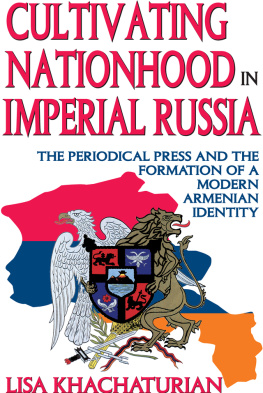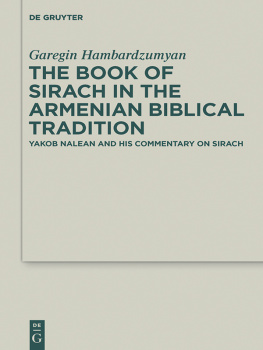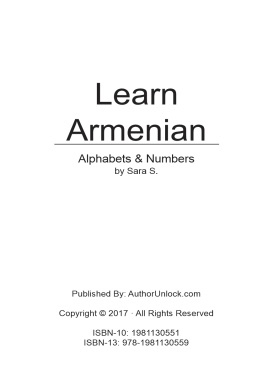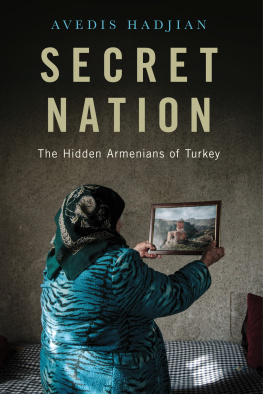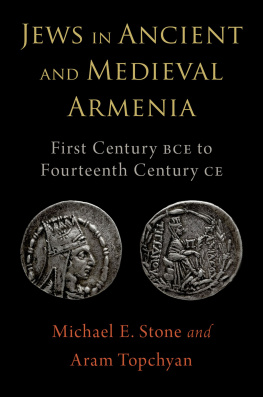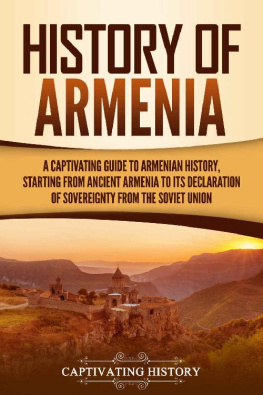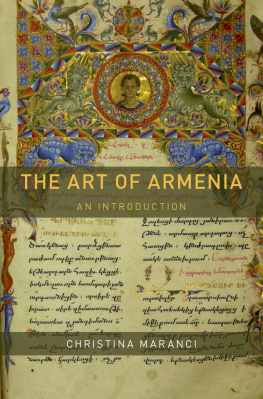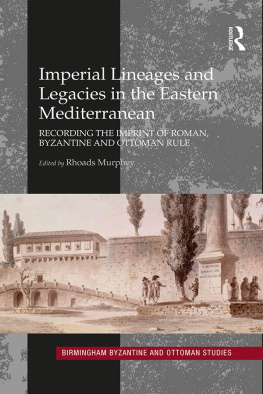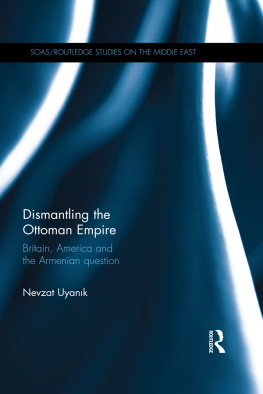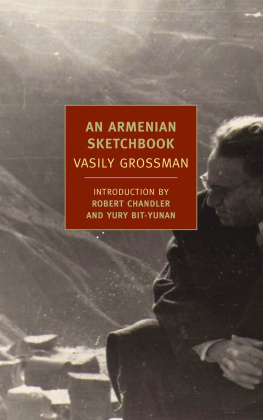CULTIVATING NATIONHOOD IN IMPERIAL RUSSIA
Cultivating Nationhood in Imperial Russia
The Periodical Press and the Formation of a Modern Armenian Identity
Lisa Khachaturian
First published 2009 by Transaction Publishers
Published 2017 by Routledge
2 Park Square, Milton Park, Abingdon, Oxon OX14 4RN
711 Third Avenue, New York, NY 10017, USA
Routledge is an imprint of the Taylor & Francis Group, an informa business
Copyright 2009 by Taylor & Francis.
All rights reserved. No part of this book may be reprinted or reproduced or utilised in any form or by any electronic, mechanical, or other means, now known or hereafter invented, including photocopying and recording, or in any information storage or retrieval system, without permission in writing from the publishers.
Notice:
Product or corporate names may be trademarks or registered trademarks, and are used only for identification and explanation without intent to infringe.
Library of Congress Catalog Number: 2008035351
Library of Congress Cataloging-in-Publication Data
Khachaturian, Lisa.
Cultivating nationhood in imperial Russia: the periodical press and the
formation of a modern Armenian identity / Lisa Khachaturian.
p. cm.
Includes bibliographical references and index.
ISBN 978-1-4128-0848-4 (acid-free paper)
1. Group identityArmeniaHistory19th century.
2. PeriodicalsPublishingArmeniaHistory19th century.
3. ArmeniaIntellectual life19th century. I. Title.
HN656.2.A8K43 2008
320.54089'91992dc22
2008035351
ISBN 13: 978-1-4128-0848-4 (hbk)
To my parents,
Hilda and Alexan Khachaturian
I thank my dissertation advisor, Catherine Evtuhov, for her guidance and for reading and providing commentary on numerous drafts of this manuscript. Thank you to Richard Stites for his instructive criticism, which helped to focus my argument. I am grateful to Robert Krikorian for his encouragement, enthusiasm, and generosity in reading various versions of this work. Thanks also to Marc Nichanian for his useful advice and inspiring seminars.
The American Council of Teachers of Russian (ACTR) and the Institute of International Education (IIE) kindly funded my dissertation research in St. Petersburg and Yerevan, and Levon Avdoyan of the Library of Congress provided invaluable research assistance and help in obtaining primary sources.
I express my special gratitude to Ksenia Meshcheryakova for her endless support from the beginning to the end of this project. This work is dedicated to my parents Alexan and Hilda Khachaturian. I could not have done it without your persistent love and generosity over all these years.
Armenian society in early nineteenth-century Transcaucasia was experiencing continual movement and communal fragmentation, and historic Armenian territory was a zone of competition between the Persian, Ottoman, and the Russian Empires. Yet over the course of the century a new generation of Armenian journalists, scholars, and writers worked to transform their geographically, socially, and linguistically fragmented communities threatened by regional isolation and dissent, into a patriotic and nationally conscious population. One cannot contemplate modern Armenian history without addressing the question of how this profoundly divided society managed to achieve a common cultural bond.
Due to the Turkic and Mongol invasions, by the thirteenth century some Armenians had migrated north to settle in the Crimea, Ukraine, and Poland. The 1639 Treaty of Zuhab, between the Ottomans and Safavids, permanently divided Armenian communities into Eastern (Persian) and Western (Ottoman) spheres of influence. The shifting imperial boundaries separating Armenians living in the Russian, Persian, and Ottoman Empires enhanced both the consonant and contradictory interests and allegiances that simultaneously brought Eastern and Western Armenians together, while living as a transnation under separate governments set them apart. Over the centuries, they had developed separate dialects and distinct cultural traditions, yet had maintained a sense of unity through their loyalty to the Armenian Apostolic Church.
The national project that captivated nineteenth-century Eastern Armenian intellectuals was a daunting task, especially since their efforts were directed in the Caucasusa territory known for its volatile history, its ethnic heterogeneity, and its linguistic complexity. Although this cultural and social maelstrom was both aggravated and tempered by the new Russian arena of economic growth, urban development, and heightened technology and communication, diversity was hardly a recent phenomenon in the region; it had been an endemic part of Caucasian history for centuries. Armenians were no exception to this. While the Georgians, bound to their landed nobility, generally lived within the kingdoms of Kartli, Kakheti, and Imereti, the Armenians experienced centuries of forced resettlement, migration, and centuries of habitation among other peoples. Some Armenians had settled in faraway countries, many remained in scattered colonies within the boundaries of historic Armenia. Thus, a primary concern for the Eastern Armenian literati of the nineteenth century was explaining the reasons for their dispersal worldwide (and throughout the empire), discouraging further social fragmentation, and transforming a fluid and multifarious understanding of ethnic identity into a standardized nationality.
This is a study of the formation of modern Armenian national consciousness under Imperial Russian rule. The Tsarist acquisition of Armenian-populated territory and consequent efforts to integrate this territory into the empire imposed sufficient unity to provide a basis for a nascent national movement. The particular influences of Russian imperial rule met the Eastern Armenian communities to create a new environment for a modern national revival. This study will address how nineteenth-century Armenian intellectuals discussed and conceived of the nation. It will not assess the national consciousness of the reading public or the population at large.
Nicholas Breyfogle has observed the tendency in Armenian historiography to provide an overly deterministic understanding of nation and national identity. There was an equally important Western Armenian cultural revival flourishing in the Ottoman Empire in the nineteenth century, but it is beyond the scope of this study.
It is via the Armenian press that a group of intellectuals forcefully formulated, articulated, and popularized modern Eastern Armenian language, culture, and national identity; the press played an essential role in the formation of a modern Armenian identity. This study will examine the press, and the profiles of an expanding network of editors and journalists as a window into nineteenth-century Armenian society through which the national revival can be traced. While the press was not the only arena where the modern national movement was discussed and worked out, (there were also museums, public lecture halls, and benevolent associations) journalism was a cornerstone of nineteenth-century Armenian intellectual life and therefore, it is a vital resource for examining and documenting the cultural renaissance. While historians have acknowledged the role of the Armenian press in the national movement, the breadth and depth of its contributions have not been surveyed extensively in the English-language historiography. The only existing study on Armenian journalism in English, Karlen Mooradians 1963 dissertation, attempts to cover the entire history of the press from its eighteenth-century origins. While it serves as a good catalog of the press, it offers little analysis of the substance of these journals.

